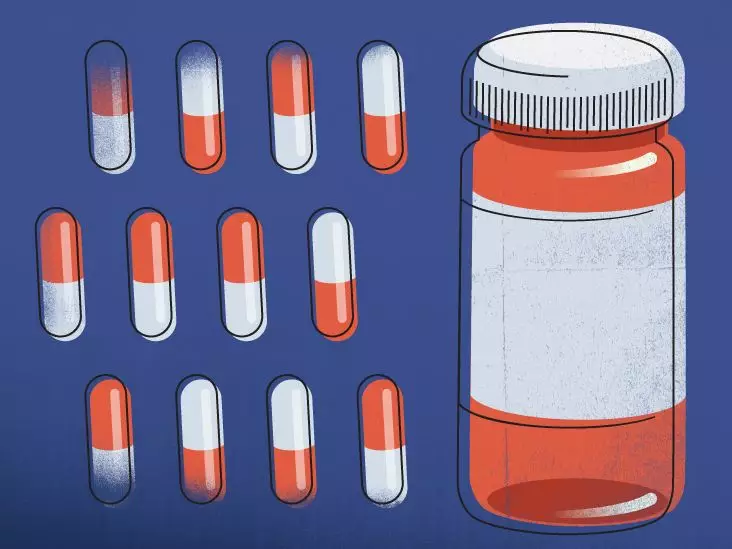Venlafaxine, marketed under the brand name Effexor XR, plays a critical role in the treatment of various psychological disorders, acting primarily as a serotonin-norepinephrine reuptake inhibitor (SNRI). This classification means that the medication works by increasing the levels of two key neurotransmitters in the brain: serotonin and norepinephrine. When balanced appropriately, these chemicals can greatly mitigate symptoms associated with anxiety, depression, and other mental health issues. It’s crucial to recognize that venlafaxine’s efficacy is greatly influenced by the individual’s unique health profile, including the specifics of their diagnosis and their body’s reaction to the drug.
Determining the Right Dosage for You
One of the core aspects of venlafaxine’s prescription involves tailoring the dosage to fit the unique needs of each patient. Initial dosages may be conservative, starting at 37.5 mg, especially for those who may be sensitive to medication changes or are prone to side effects. Typically, healthcare providers will gradually increase the dosage over a period of weeks, with a common target range hovering around 75 mg. For conditions such as generalized anxiety disorder (GAD), the recommended maximum dosage can extend to 225 mg per day.
Customization does not end with the initial prescription; doctors routinely adjust dosages considering how patients respond. It reflects an understanding that mental health treatments are not one-size-fits-all. This insistence on personalization underpins a proactive approach to mental health care and reflects a more patient-centered mindset. Therefore, open communication with a healthcare provider is absolutely essential.
Forms and Administration of Venlafaxine
Venlafaxine is primarily administered in an extended-release oral capsule form, which is optimally designed to release medication slowly over time, ensuring steadier levels in the bloodstream. Adhering to the prescribed regimen—whether that involves taking the capsule whole or possibly opening it—contributes to the medication’s effectiveness. It’s generally recommended that patients take their dose at the same time each day, integrating it into their routine to enhance adherence and minimize the chance of missed doses.
Like many medications, venlafaxine requires a consistent approach; fluctuations in taking the medication can lead to disruptions in its efficacy and overall experience. Some patients find it beneficial to utilize reminders—be it through alarms or pill organizers—to keep on track, particularly in the initial stages of treatment when new habits are being formed.
Potential Side Effects and Oversight
While venlafaxine can prove to be transformative for many individuals, it is not without its potential drawbacks. A range of side effects can emerge, including nausea, dizziness, and heightened anxiety. However, recognizing the possibility of side effects early and communicating openly with healthcare providers can often facilitate a smoother transition into treatment.
Moreover, safety protocols should never be overlooked. Overdosing on venlafaxine can lead to severe symptoms, including altered heart rates and neurological disturbances. It’s critical that those taking this medication are educated about the symptoms of overdose and know when to seek immediate help. In moments of doubt or concern, the proactive step of reaching out to a healthcare provider or poison control can make all the difference in ensuring their wellbeing.
The Path Forward with Venlafaxine
While venlafaxine is usually intended for long-term use, the timeline for treatment is highly individualized. The journey may have its ups and downs, reflecting the complexity of managing mental health. It becomes paramount for patients not just to be passive recipients of their prescriptions but active participants in their own care. This involves working closely with healthcare providers to monitor progress, adapt dosages as needed, and ensure the medication aligns with their therapeutic goals.
The commitment to evaluation and adjustment fosters a dynamic relationship between the patient and their provider, ultimately elevating the possibility for successful outcomes. In the realm of mental health, this ongoing dialogue is essential for managing both expectations and realities, and it serves as a cornerstone for effective treatment with venlafaxine and beyond.

